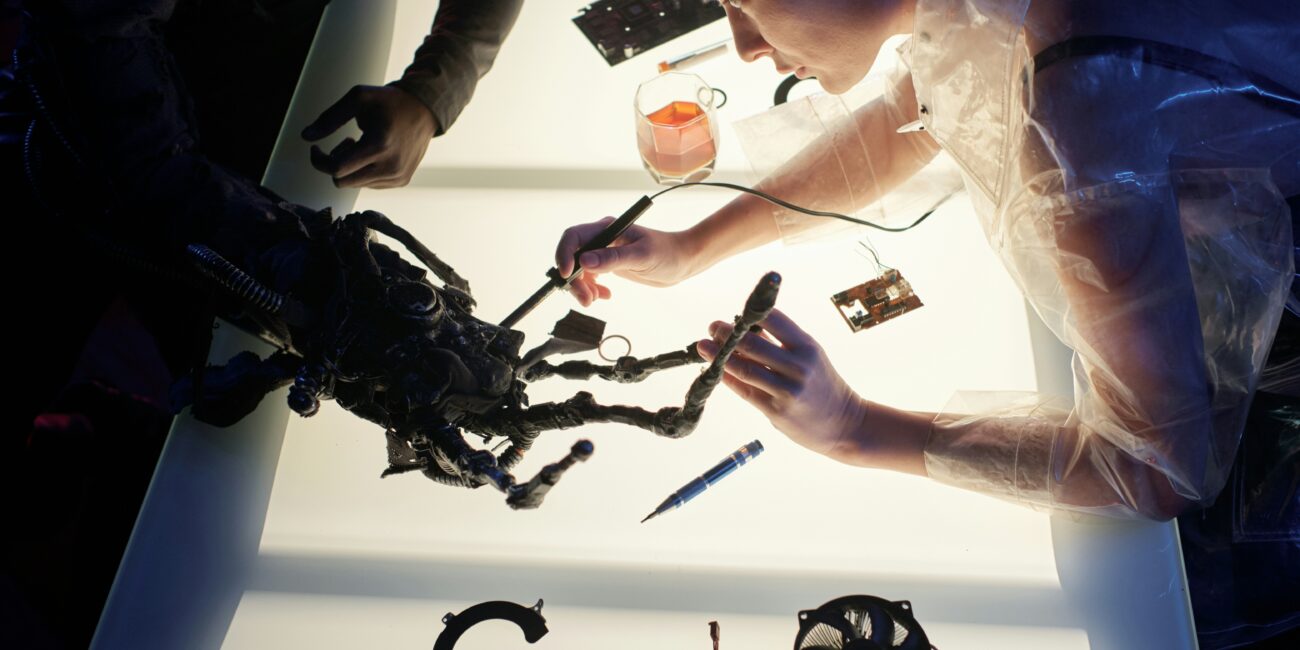Innovation is redefining what is possible. And of course again, in the rapidly evolving fields of robotics and artificial intelligence (AI) yet, a glaring gap persists: women represent only 6% of the workforce globally in robotics and AI (UNESCO, 2023). This lack of representation not only hinders equity but also limits the ethical and technological advancements these fields can achieve.
A female AI researcher shared her perspective:
“AI shapes the systems that shape our lives. If women aren’t part of building these technologies, our experiences and voices risk being left out of the future.”
Why Diversity Matters
Diversity is a proven driver of innovation and ethical development, particularly in high-impact fields like robotics and AI. Teams with diverse perspectives are better equipped to identify biases, create inclusive technologies, and solve complex global challenges. For example, ethical AI systems that account for varying human experiences are less likely to perpetuate discrimination—a crucial consideration in everything from hiring algorithms to healthcare robotics.
Moreover, women bring unique perspectives that enhance creativity and collaboration. In fields as complex as AI and robotics, these qualities are critical to designing technologies that benefit all of humanity. Without women’s participation, the solutions being developed risk reinforcing existing inequities instead of addressing them.
Barriers Facing Women
Cultural Bias and Stereotypes
Robotics and AI remain stereotyped as male-dominated domains. Women often face doubts about their technical abilities and experience microaggressions that undermine their confidence.
“I’ve been the only woman in a robotics lab more times than I can count,” shared a female roboticist. “It’s isolating to feel like you’re breaking into a space not built for you.”
Limited Access to Education and Training
Globally, fewer girls pursue STEM education due to cultural norms, lack of exposure, and limited mentorship opportunities. Only 10% of AI professionals hold advanced degrees in AI-related fields, further shrinking the pipeline of women entering the industry (World Economic Forum, 2022).
Workplace Bias and Exclusion
Even when women enter the field, they often face unequal pay, limited leadership opportunities, and exclusion from major projects. These challenges lead to higher attrition rates, further reducing representation in robotics and AI.
Ethical Oversights Due to Homogeneity
When development teams lack diversity, ethical oversights are more likely. Homogeneous teams can unintentionally embed biases into AI systems, resulting in discriminatory outcomes that disproportionately affect marginalized groups.
GGDF’s Role in Shaping the Future
We are committed to bridging the gender gap in robotics and AI. Through strategic partnerships with tech leaders, GGDF is creating pathways for women to excel in these transformative fields:
Education and Training Programs
GGDF collaborates with technology companies and academic institutions to offer scholarships, coding bootcamps, and hands-on workshops in robotics and AI. These programs provide women with the skills needed to compete in these high-demand sectors.
Mentorship and Networking
Mentorship is a cornerstone of GGDF’s approach. By connecting aspiring female technologists with experienced professionals, GGDF ensures women have the guidance and support to navigate their careers. Networking events further empower women to build professional relationships and foster collaboration.
Advocacy for Inclusive Policies
GGDF works with tech leaders to promote workplace policies that foster diversity, equity, and inclusion. Initiatives such as transparent hiring practices, pay equity audits, and family-friendly work environments are key to retaining women in robotics and AI.
Showcasing Women’s Achievements
GGDF highlights the contributions of women in robotics and AI through campaigns, conferences, and publications. By amplifying their voices, GGDF inspires the next generation to pursue careers in these fields.
A Vision for the Future
The future of robotics and AI must be inclusive, ethical, and innovative. Women’s leadership is critical to achieving this vision. By breaking down barriers and creating opportunities, we can ensure that women not only participate but lead in shaping the technologies that will define our world.
As one female AI engineer said:
“AI isn’t just about programming machines—it’s about programming the future. Women must have a seat at the table, because the future belongs to all of us.”
At GGDF, we are building this future through education, mentorship, and advocacy. Together with our partners, we are empowering women to lead in robotics and AI, driving progress that benefits everyone.
Let’s ensure the future of technology reflects the diversity of the world it serves. Connect with us to work together!
References
UNESCO. (2023). Women in STEM: Global Statistics
World Economic Forum. (2022). The State of AI: Addressing Diversity and Inclusion
National Center for Women & Information Technology. (2021). Barriers to Women in Tech Fields
stronger
together
Whether you’re an individual, a company, a community, or an educational institution, there’s a place for you here at GGDF.
Join Us



